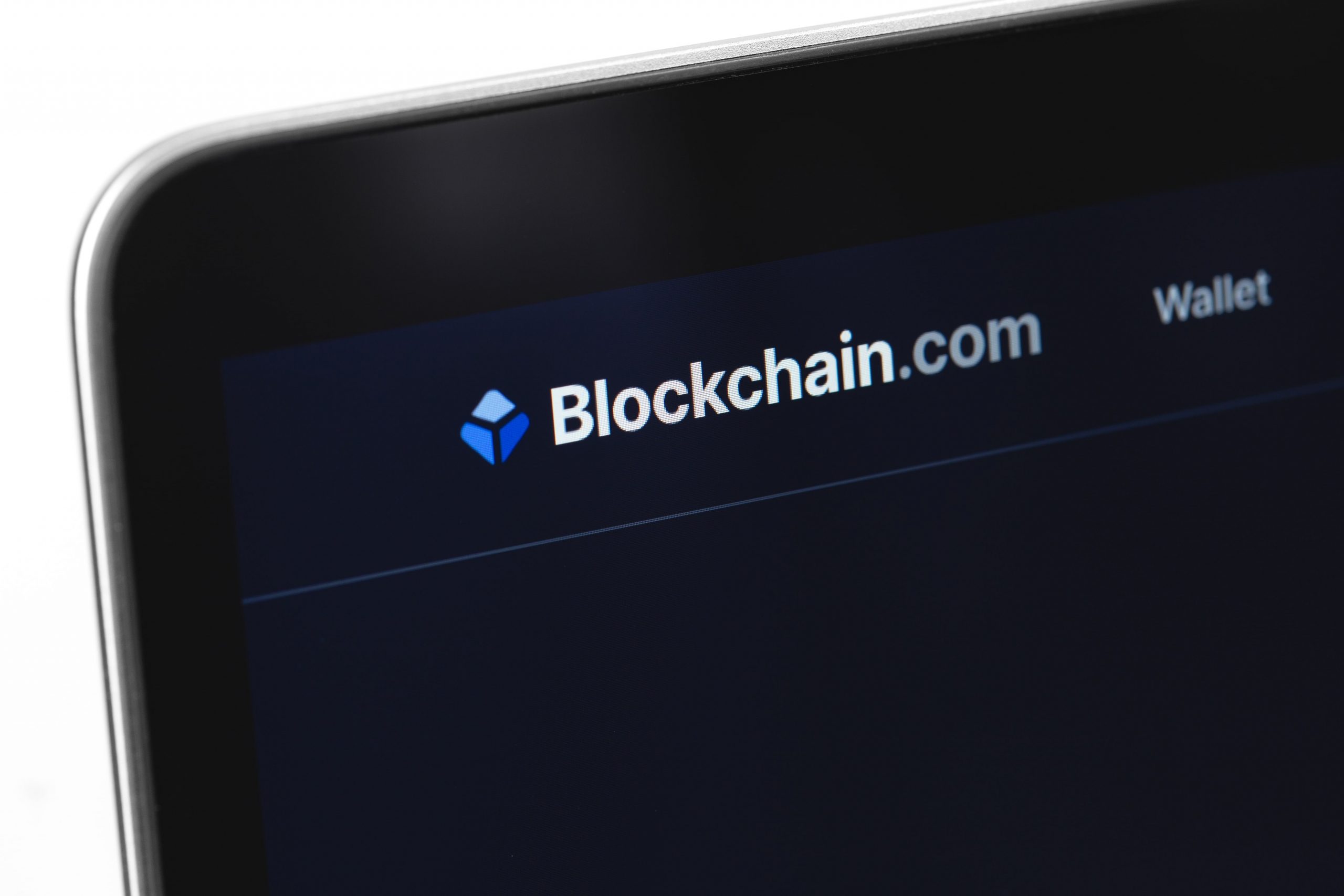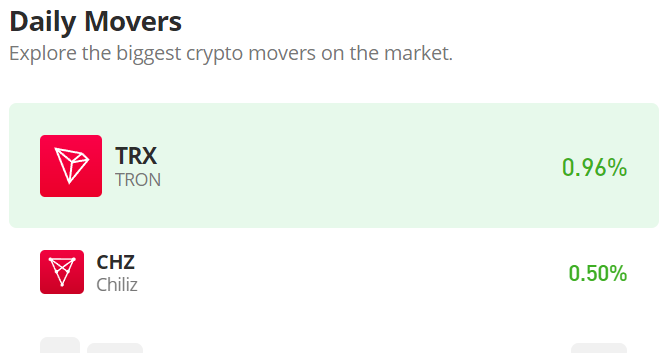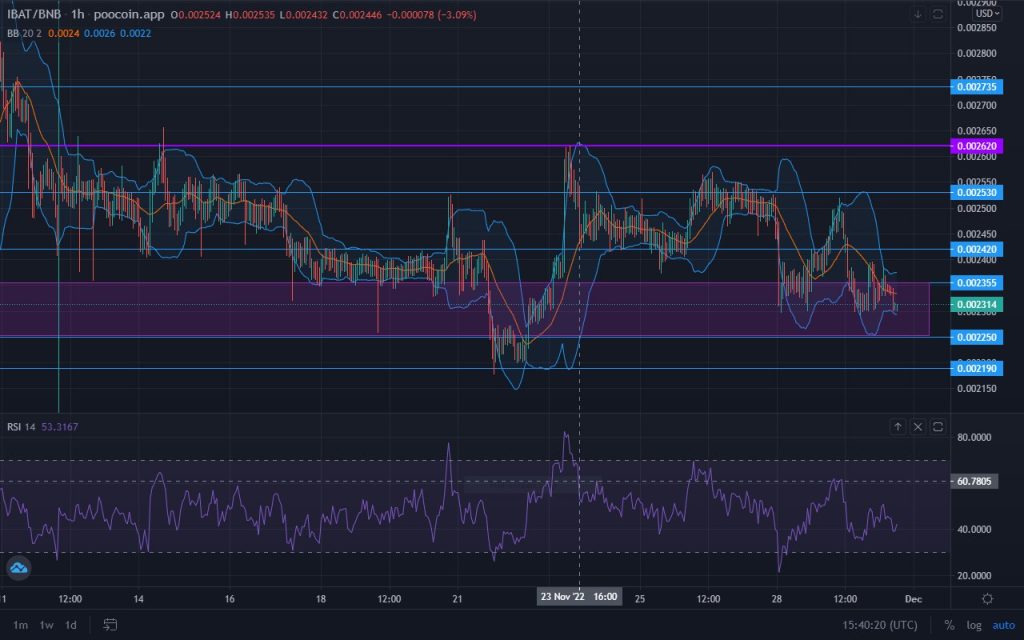What Are Layer Zero (0) Blockchains?
Don’t invest unless you’re prepared to lose all the money you invest. This is a high-risk investment and you are unlikely to be protected if something goes wrong. Take 2 minutes to learn more

Layer 0 blockchains are intended to improve the basic network infrastructure. They are also intended to improve the blockchain’s overall efficiency, scaling, and privacy.
The foundation upon which all blockchain protocols are constructed is Layer 0. It provides the underlying technologies necessary for Layer 1 blockchains to operate and communicate effectively with one another. This structure enables users to develop non-centralized organizations and apps, validate data sources, and do many other tasks. In simpler terms, Layer 0 is the core component that holds the entire blockchain ecosystem together.
Blockchains at Layer 0 employ cutting-edge network infrastructure techniques, including sharding, parallel processing, and consensus algorithms that are optimized for speed, security, and scalability.

The Different Types of Blockchain’s Layers
The blockchain ecosystem is composed of a number of layers that work together to produce a safe and non-centralized network. There are occasions when these levels are referred to as “protocol stacks” or “blockchain stacks.” They include Layer 0, Layer 1, Layer 2, and Layer 3.
Layer 1 is the foundational layer of the blockchain, commonly referred to as the “base layer.” It covers the underpinning technology and protocols, such as the consensus algorithm, cryptographic protocols, and data structures, that underpin the blockchain network. Blockchains at Layer 1 include those for Litecoin (LTC), Ethereum (ETH), and Bitcoin (BTC).
Layer 2: This layer sits on top of Layer 1 and contains protocols and technologies that improve the blockchain network’s scalability, speed, and functionality. The use of payment channels, sidechains, and off-chain protocols are a few examples of Layer 2 solutions. Blockchain network congestion is to be reduced and transaction throughput is to be increased with Layer 2 solutions.
Layer 3: The application layer, or “dApps layer,” is this layer. It consists of smart contracts and decentralized applications that are constructed on top of the blockchain network. Platforms for decentralized financing (DeFi), markets for non-fungible tokens (NFT), and identity verification systems are a few examples of Layer 3 applications. To offer fresh and cutting-edge services, layer 3 applications make use of the security and decentralization offered by the underlying blockchain architecture.
How Layer Zero (0) Blockchains Function
One of the key features of Layer 0 projects is their ability to provide agreement mechanisms that enable network members to agree on the state of the blockchain at any given time. To ensure the dependability and security of the blockchain network, consensus methods are required. The implementation of the agreement procedure in Layer 0 projects differs based on the specific projects.
Also, it was intended to address some of the scalability challenges facing the blockchain industry. Layer 0 protocols can boost the speed and effectiveness of blockchain networks, enabling quicker transaction processing and better network scalability, by adopting cutting-edge methods for transaction processing and data storage.
Below are some examples of Layer zero blockchains.
Avalanche
The Contract Chain (C-Chain), the Exchange Chain (X-Chain), and the Platform Chain (P-Chain) are the three main chains that make up the tri-blockchain infrastructure on which Avalanche is based.
To serve certain ecosystem roles, each of these three chains is constructed with an emphasis on enhancing privacy, reducing latency, and achieving high efficiency. The development and execution of smart contracts take place on the Contract Chain (C-Chain), while the creation and trading of assets take place on the Exchange Chain (X-Chain). The layer that links validators and subnets is called the Platform Chain (P-Chain).
Cosmos
To assist the Cosmos Network, a network composed of hundreds of connected blockchains, the Layer 0 platform Cosmos was developed. One of Cosmos’ main characteristics is the Inter Blockchain Communication Protocol (IBC), which permits data and asset exchange between the various blockchains in the network. There are no limitations on network topology or consensus processes, but each separate blockchain needs to be able to adhere to a set of minimum requirements in order to interact with IBC.
Venom
Venom is a Layer 0 blockchain that aims to overcome problems that stop the widespread adoption of distributed applications, such as slow block validation times, high transaction fees, and limited scalability. The Venom blockchain’s core technology has experienced evaluation and approval since its invention in 2017, leading to the launch of the first stable network, Everscale.
This network has reached a bandwidth of over 54,000 transactions in a close-to-live environment, including 4,000 transactions in the mainnet. The community and core development teams have played a key role in improving the network by implementing novel ideas, fixing problems, and enhancing security.
Conclusion
Sharding and dynamic partitioning are two scaling options provided by Layer 0 protocols that may allow blockchain networks to accommodate high transaction volumes without sacrificing security or decentralization.
Layer 0 protocols are still in the early stages of development, so it’s crucial to keep in mind that their adoption and implementation will take some time. As with any newly developed technology, there are still dangers and difficulties with Layer 0 blockchains, such as regulatory and interoperability issues.
Despite these difficulties, Layer 0 protocols could unlock infinite scalability and boost the overall effectiveness of the blockchain sector. It is expected that Layer 0 blockchains will play a significant role in the future of blockchain and decentralized apps as the technology develops and more use cases are discovered.



